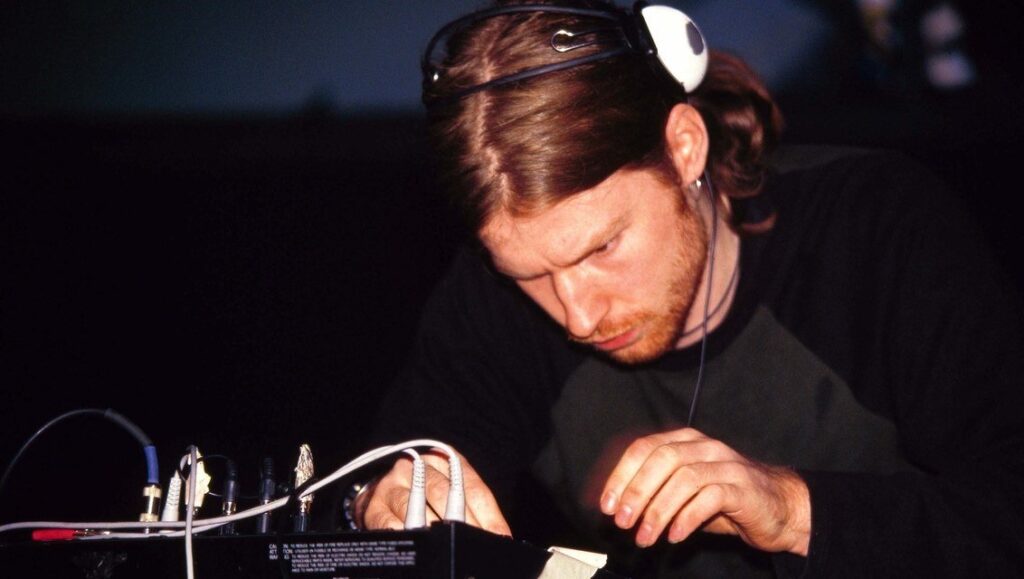Richard D. James’s debut altered the electronic music landscape, and remains a singular experience within the enigmatic musician’s oeuvre. Whereas the album’s follow-up, Selected Ambient Works II, is an oneiric, dreamy soundscape — harking back to Brian Eno with its euphoric swells and melancholic tones all swirling and coalescing into a roiling brume — and James’s subsequent singles (“Come to Daddy” and “Windowlicker,” with its riotous, absurdist music video of voluptuous women all endowed with James’s face) would favor spastic glitch sounds, songs that resemble the dying thoughts of computers in agony, Ambient Works 85-92 is, to modern ears, a more traditional electronic album, albeit a diverse one. This album represents a gallimaufry of styles; it’s as fit for a dance floor as is is a bedroom, though it also cannot be stressed enough how pioneering it was in 1992. And yet it’s an affable, agreeable album, not nearly as daunting as James’s later work, and not as interested in irreverent humor. Gentle clicks and blips accompany phaser zaps and sustained, reverb-steeped chords. James builds a flotilla of electronic sounds that drift across a static sea.
What’s amazing is how fully developed even the earliest tracks by this neophyte producer sound: a swirling, ethereal odyssey, Selected Ambient Works is one of the decade’s defining albums.
Featuring one song that James in fact wrote when he was still a teenager, this debut is at once an epochal work, an album rooted inextricably in its time, and also a timeless statement whose rhythms and beats still sound modern 30 years later. Indebted, but not beholden, to ’80s dance music, as well as the serene ambience of Brian Eno, the tracks here follow a basic pattern. Something simple, a synth or a drum pattern, is introduced, repeating like an echo in a void, then new sounds emerge, a swooning proliferation of notes and chords and percussion. James’s later works would delve deeper into drone, as the technology allowed him more control, more possibilities. But there’s a beauty to the simplicity here, an innocence perhaps. To listen to the album is to hear James decide what kind of musician he wanted to be, hearing him discover new techniques, discern new paths to aural bliss. Only “Green Calx” approaches the anxious, febrile glitch patterns that he would pioneer later in the ’90s. It’s a prototype of the type of music that Aphex Twin would bring to MTV, a liaison of electronic trickery, an experiment — but it doesn’t sound unfinished. What’s amazing is how fully developed even the earliest tracks by this neophyte producer sound: a swirling, ethereal odyssey, Selected Ambient Works is one of the decade’s defining albums.
Part of Kicking the Canon – The Album Canon.


Comments are closed.